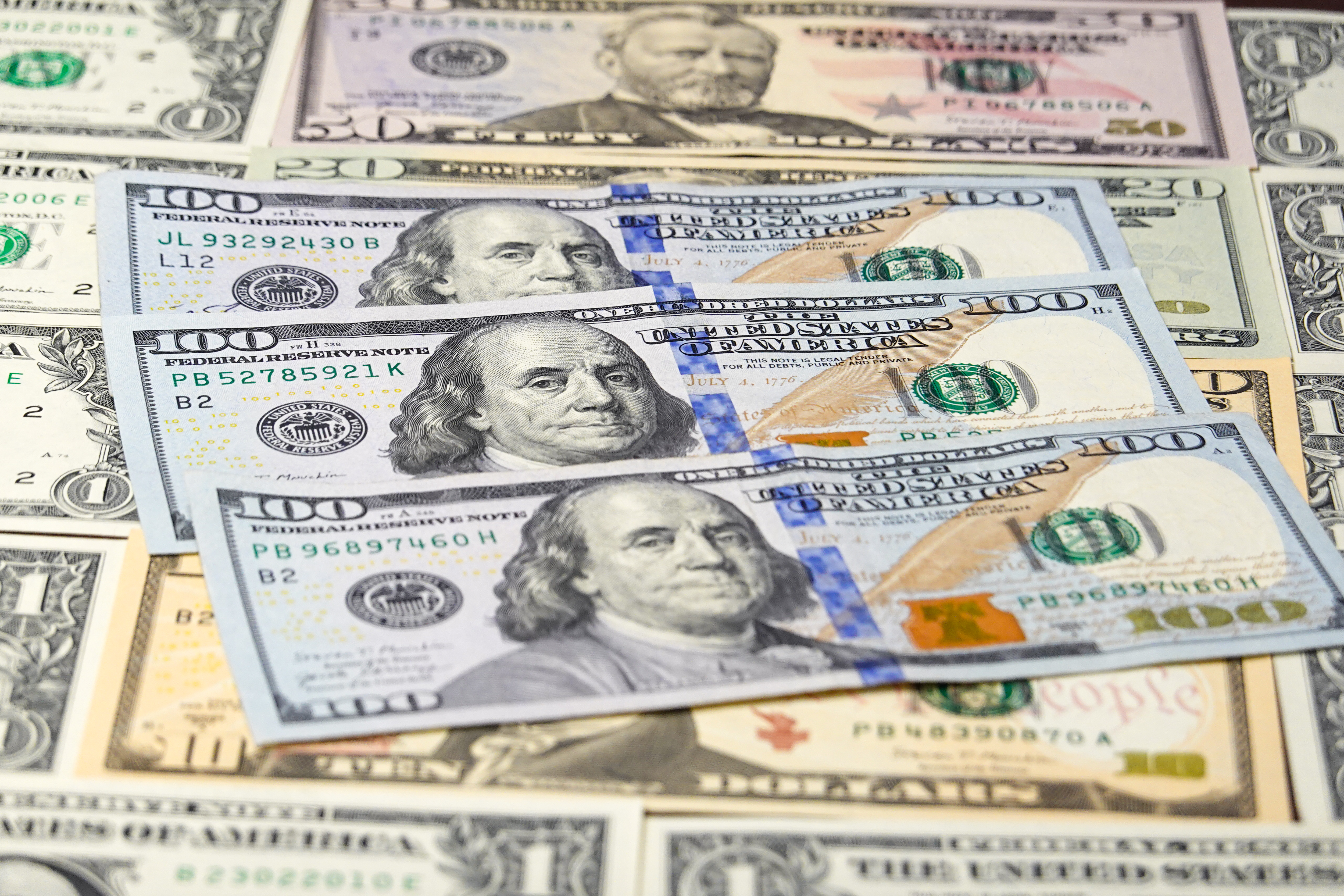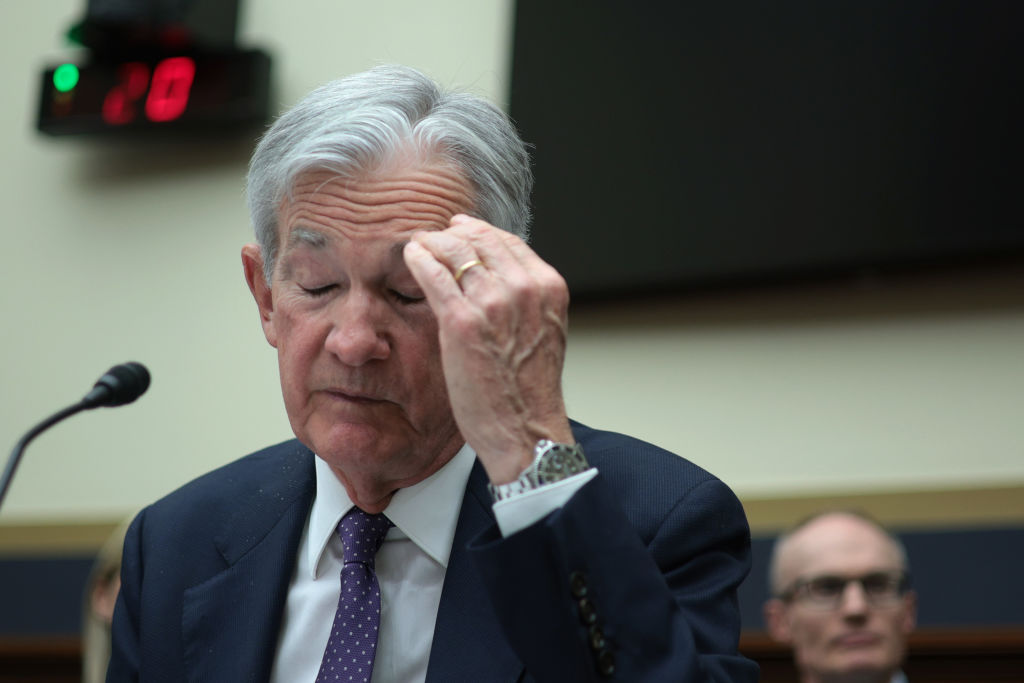The world is drowning in corporate debt
The world’s $74trn “ocean of corporate debt” contains many hidden perils which could infect the wider financial market
What happens when a once-in-a-century pandemic hits an economy “saddled with record levels of debt”? In 2008 the problem was household and banking debt. Today it is corporations, says Ruchir Sharma in The New York Times.
At roughly $16trn, US corporate debt is worth 75% of GDP, with the vehicle, hospitality and transport sectors looking especially vulnerable. One in six US firms do not generate enough cash flow to cover debt interest payments, says Sharma. They avoid bankruptcy only so long as they can secure cheap refinancing. Such zombies are “the natural spawn of a long period of record low interest rates”. Investors reaching for yield have been forced to put their money into bonds backed by ever riskier ventures.
It’s not just America. The world’s $74trn “ocean of corporate debt” contains many hidden perils, says The Economist. Data from the Institute of International Finance shows that global non-financial corporate debt rose from 84% of GDP in 2009 to 92% last year. In America, two-thirds of non-financial corporate bonds are rated as “junk”, or just above junk at “bbb”.
MoneyWeek
Subscribe to MoneyWeek today and get your first six magazine issues absolutely FREE

Sign up to Money Morning
Don't miss the latest investment and personal finances news, market analysis, plus money-saving tips with our free twice-daily newsletter
Don't miss the latest investment and personal finances news, market analysis, plus money-saving tips with our free twice-daily newsletter
A back of the envelope “cash-crunch stress test” suggests that almost one quarter of global listed firms outside China would run out of cash within six months should their sales fall by two-thirds. Europe’s unprofitable banks are a notable area of concern. If they are to get through the next few months then the world’s businesses will require a giant “bridging loan”.
The big fear is that contagion from corporate junk could infect the wider financial market, amplifying the ongoing shock and generating a repeat of the 2008 credit crunch. Such contagion would be a disaster at a time when businesses are tapping credit lines for emergency cash, says Robert Burgess on Bloomberg. On this score, however, there is room for optimism. The Fed’s emergency liquidity injection last weekend saw overnight funding costs for banks plunge on Monday after they spiked to levels not seen since 2008 at the end of last week. The Fed might not be able to put a floor under equities, but if it can ensure that the financial plumbing is working properly and that banks are happy to keep doing business with each other, then “a big worry” is “off the table”.
Get the latest financial news, insights and expert analysis from our award-winning MoneyWeek team, to help you understand what really matters when it comes to your finances.
Alex is an investment writer who has been contributing to MoneyWeek since 2015. He has been the magazine’s markets editor since 2019.
Alex has a passion for demystifying the often arcane world of finance for a general readership. While financial media tends to focus compulsively on the latest trend, the best opportunities can lie forgotten elsewhere.
He is especially interested in European equities – where his fluent French helps him to cover the continent’s largest bourse – and emerging markets, where his experience living in Beijing, and conversational Chinese, prove useful.
Hailing from Leeds, he studied Philosophy, Politics and Economics at the University of Oxford. He also holds a Master of Public Health from the University of Manchester.
-
 Autumn Budget tax changes: how is your generation affected?
Autumn Budget tax changes: how is your generation affected?The chancellor expects everyone to do their bit to boost the nation's finances but the tax burden is by no means shared equally
-
 Revealed: pension savers ditch investment trusts and favour passive funds
Revealed: pension savers ditch investment trusts and favour passive fundsDemand for investment trusts is cooling among self-invested personal pension (Sipp) customers, who are increasingly choosing money market funds, passive funds and individual shares
-
 The challenge with currency hedging
The challenge with currency hedgingA weaker dollar will make currency hedges more appealing, but volatile rates may complicate the results
-
 Can Donald Trump fire Jay Powell – and what do his threats mean for investors?
Can Donald Trump fire Jay Powell – and what do his threats mean for investors?Donald Trump has been vocal in his criticism of Jerome "Jay" Powell, chairman of the Federal Reserve. What do his threats to fire him mean for markets and investors?
-
 Freetrade’s new easy-access funds aim to beat top savings rates
Freetrade’s new easy-access funds aim to beat top savings ratesFreetrade has launched an easy-access exchange traded fund (ETF) range - here’s how the ETFs work and how they compare to the savings market
-
 Go for value stocks to insure your portfolio against shocks, says James Montier
Go for value stocks to insure your portfolio against shocks, says James MontierInterview James Montier, at investment management group GMO, discusses value stocks and slow-burn Minsky moments with MoneyWeek.
-
 Halifax: House price slump continues as prices slide for the sixth consecutive month
Halifax: House price slump continues as prices slide for the sixth consecutive monthUK house prices fell again in September as buyers returned, but the slowdown was not as fast as anticipated, latest Halifax data shows. Where are house prices falling the most?
-
 Rents hit a record high - but is the opportunity for buy-to-let investors still strong?
Rents hit a record high - but is the opportunity for buy-to-let investors still strong?UK rent prices have hit a record high with the average hitting over £1,200 a month says Rightmove. Are there still opportunities in buy-to-let?
-
 Pension savers turn to gold investments
Pension savers turn to gold investmentsInvestors are racing to buy gold to protect their pensions from a stock market correction and high inflation, experts say
-
 Where to find the best returns from student accommodation
Where to find the best returns from student accommodationStudent accommodation can be a lucrative investment if you know where to look.